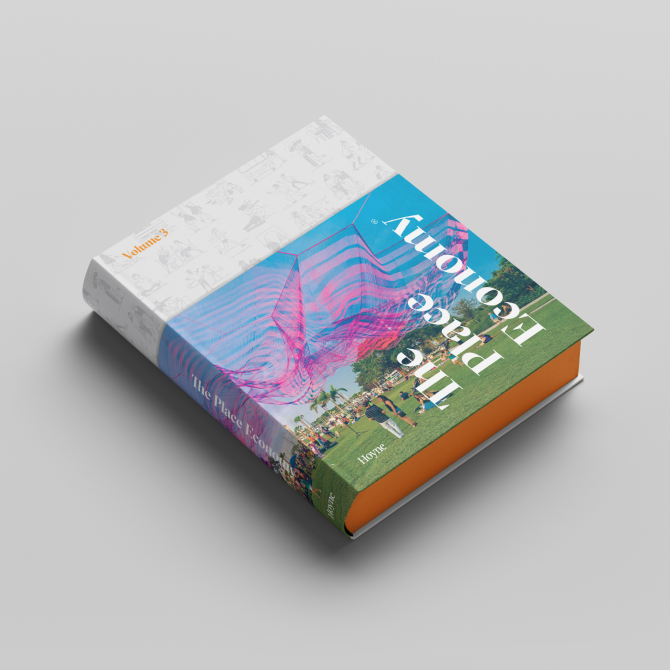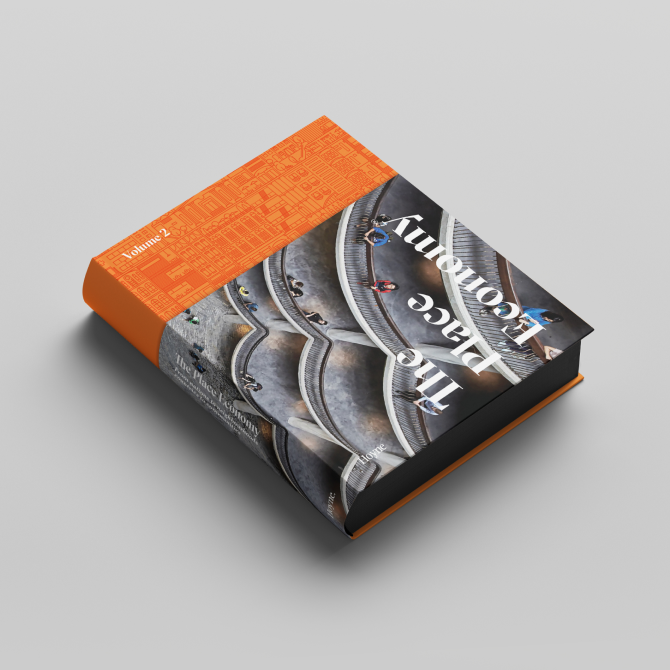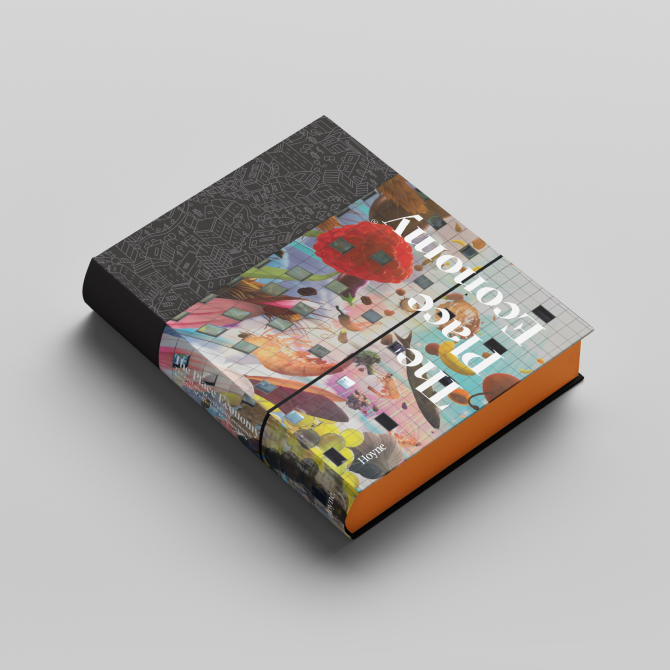
6 steps for creating community through design
Hoyne Creative Director, Matt Barratt is passionate about creating active, healthy and magnetic places. His Italian heritage has left him with an enduring love of food, family and a deep connection to his local community. He brings this warmth and passion to every project he gets his hands on. While Matt has worked on projects all over the world, he is always driven by a belief that design thinking can deliver better experiences and unlock greater value for urban spaces. It has the power to bring people together, to rally behind a strong vision and foster cohesion that is socially and economically beneficial. Today, Matt covers six key steps he believes are vital for creating successful communities by design.
01 KICK THE DIRT
This is more than simply conducting a site visit for location context. When I start a project I always ask: “What are the experience gaps? What is the culture?”. This is where design thinking begins. You really need to get onto the street, underneath the surface and find out what makes a place tick. Visit the local cafe, better yet, go to the pub and speak to a true local. What role could we fulfil in the community?
02 FIND YOUR TRIBE
Forget conventional demographic labels because they no longer apply. When you’re building a vision of the future it’s important to think about a group of people with a common mindset – a tribe. Tribes have shared values and rituals that often happen organically. So, once you’ve understood the experience gaps in your location, these become opportunities to facilitate new rituals. Demographic data will provide a foundation for potential groups but at Hoyne we identify the tribe by using an empathy map to understand personas. Then we compare their needs and wants to the experience gaps in the location. The group whose needs and wants best match the experience gaps we can fulfil is therefore our tribe.
03 VISION WITH PURPOSE
Once you have a sense of the experience gaps and understand your tribe, it’s time to build the business case and articulate the vision. Explore that vision from several points of view and test it with your design and development consultants to ensure it has a unique position in the location as well as the social and commercial rigour. Like any good business plan, the vision needs to be documented. At Hoyne we document the place vision in a story and support it with key pillars or proof points to guide development. When you all understand why are doing something you will have a common cause to rally behind, one that unities and spurs you on to seek better outcomes.
04 ACTIVATE EARLY
Think people first, not buildings, and sew the seeds of community before construction through early activation. This is where you get to test out those rituals for your tribe. This is where you can see whether an experience gap is being fulfilled. It’s absolutely key if you want to create a sense of community from the get-go because it creates a magnet, drawing people into a place, making ‘anywhere’ into ‘somewhere’
05 RESPONSIVE DEVELOPMENT
Break down the stages of development into smaller stories to keep the community engaged. If the site is being activated early you will also allow yourself the flexibility to adapt and adjust product or features to respond to your community observations. Think about it, if you have a development that is a masterplanned community, launching with many different stages over a period of five or 10 years, that is a long time to keep a tribe together. The way to maintain that engagement and keep development new and newsworthy is by using smaller stories, easily recalled, alongside staged development that responds to experience gaps.
06 MANAGE AND CURATE
Our project for Sydney Design Week, Play Pod™, was a perfect demonstration of creating an engaging place. To make it truly magnetic, however, it must be curated to provide purpose and meaning. We observed that if Play Pod™ was going to be a successful destination as part of the festival program in a slightly isolated location, it had to be activated both day and night. We discovered Play Pod™ became a magnet for families and young people who otherwise might never have visited a Sydney Design Festival event – therefore bringing design to the people. This proves what I have always believed: in order to maintain community engagement in any place, you need an ongoing community manager or what I call a ‘chief curation officer’. They will be the one to ensure you keep building your tribe and building the culture of a place well after development is complete. Ultimately, where there is shared value, vital and culture, there is true community.
Back




